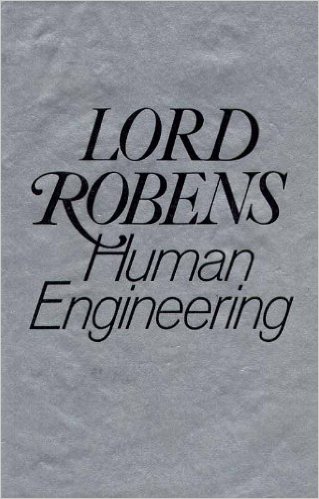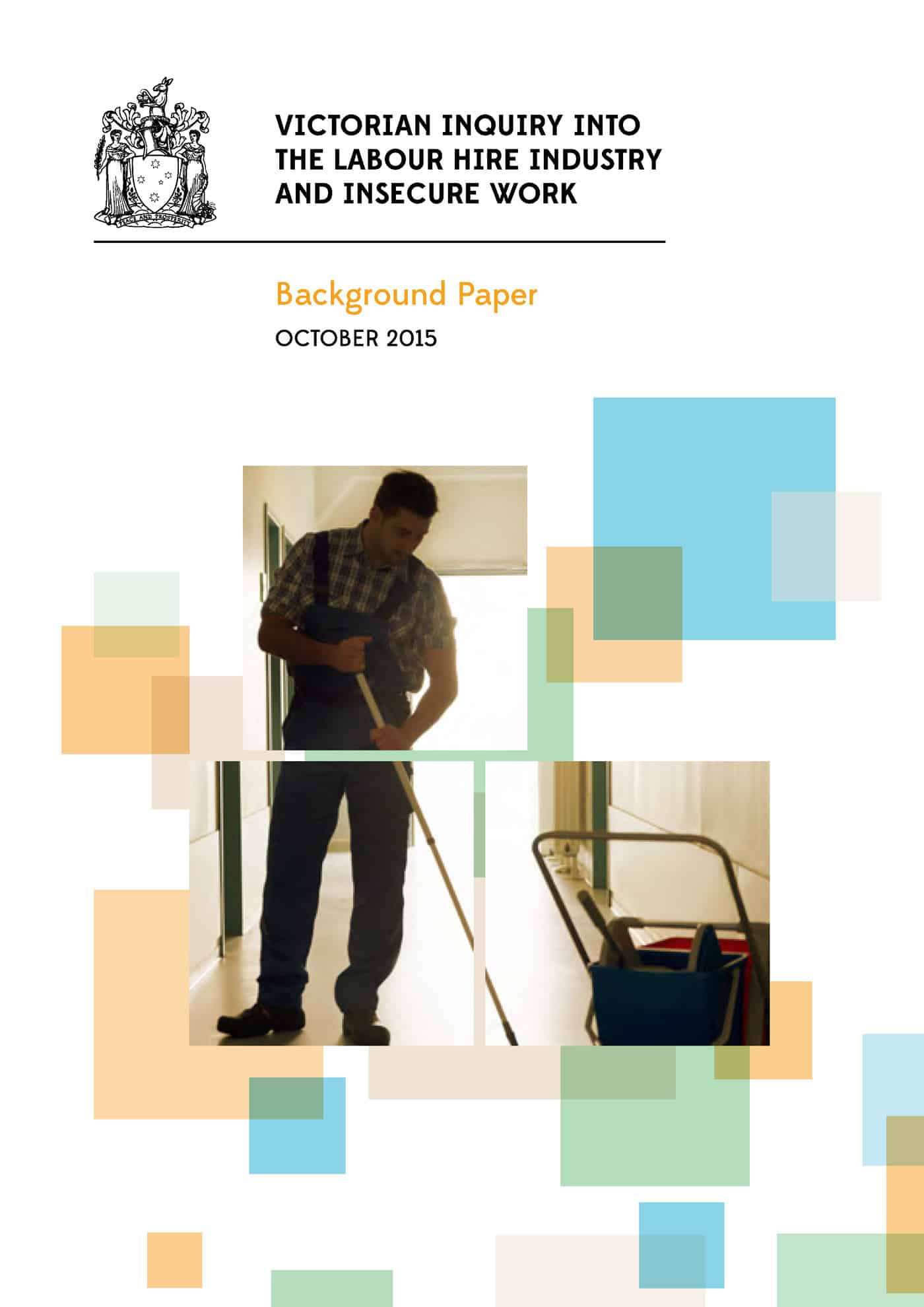Already a member? Log in here
Green Building can generate OHS returns
Recently an article from an international real estate and investment company stated:
“Marrying health and wellness with design, the WELL Building Standard is catching on fast in the West, but the trend is just starting to take off in Asia.”
This statement is debatable but the recent concern over cheap, flammable cladding in high-rise buildings in Australia should speed up the attention on Safety in Design principles that underpin such initiatives. Continue reading “Green Building can generate OHS returns”
Inspectors and Health and Wellbeing Advisers
On 30 September 2015, SafetyAtWorkBlog highlighted a conversation about inspector numbers from the Tasmanian Parliament. The information was confusing but crucial in understanding WorkSafe Tasmania’s occupational health and safety enforcement capacity and strategy.
Below are some questions posed to WorkSafe Tasmania in an attempt to clarify the issues and the OHS regulator’s replies. Two responses prompted comment on workplace health and wellbeing strategies.
Psychology of aggression and risk control
Recently an Australian law firm, Herbert Smith Freehills, conducted a series of seminars that provided a different perspective on issues related to workplace mental health and safety.
Insecure work inquiries should embrace and expand the safe system of work
The Victorian Government has just released its first discussion paper into labour hire practices and insecure work. As has been discussed when the Inquiry was announced, occupational health and safety (OHS) is part of this inquiry but OHS will only gain the attention it deserves if someone advocates on behalf of worker safety exclusively and thinks about safety in this sector, differently.
Continue reading “Insecure work inquiries should embrace and expand the safe system of work”A possible change in approach on quad bike safety
The Federal Chamber of Automotive Industries (FCAI) is an integral stakeholder in the improvement in the safety performance of quad bikes. However, some of its past strategies have been belligerent, divisive and have limited the safety debate. There are hints that the FCAI’s communication strategy has changed and this can only be for the better.
On October 1, 2015, FCAI issued a media release that was a gentle questioning of the Star Safety Rating program recently advocated by quad bike safety advocates and researchers. The FCAI says that the research on which the rating system is based
“…does not correlate with real world performance is premature and needs to be further explored.”
Continue reading “A possible change in approach on quad bike safety”
Safety wisdom from 1970
 While researching a blog article I found a 1970 copy of Lord Robens‘ book “Human Engineering”. On page 124 of that book, Robens writes:
While researching a blog article I found a 1970 copy of Lord Robens‘ book “Human Engineering”. On page 124 of that book, Robens writes:
“The apathy towards safety in most industry results in the misuse of safety officers, where they exist. Indeed there are basically two types of safety officers: the professional performing his life’s work, and the man appointed (usually from the shop floor) so that the company can claim to have a safety officer. The latter usually does not posses the experience or training to undertake the vast amount of work expected of him. It has been mooted that standard would be raised by creating a professional status for these officials: an idea that should not be dismissed lightly.”
Such an attitude to workplace safety by many businesses continues to exist.
And if Robens thought that a professional status for safety officers was a good idea in 1970, how come Australia has only just instigated one? Why did it take so long? Why was professional status not considered necessary for over 40 years?
(For Australian readers here is a list of public libraries, or bookshops, that stock the Robens book. OHS students may find it offers a fascinating comparative study)

